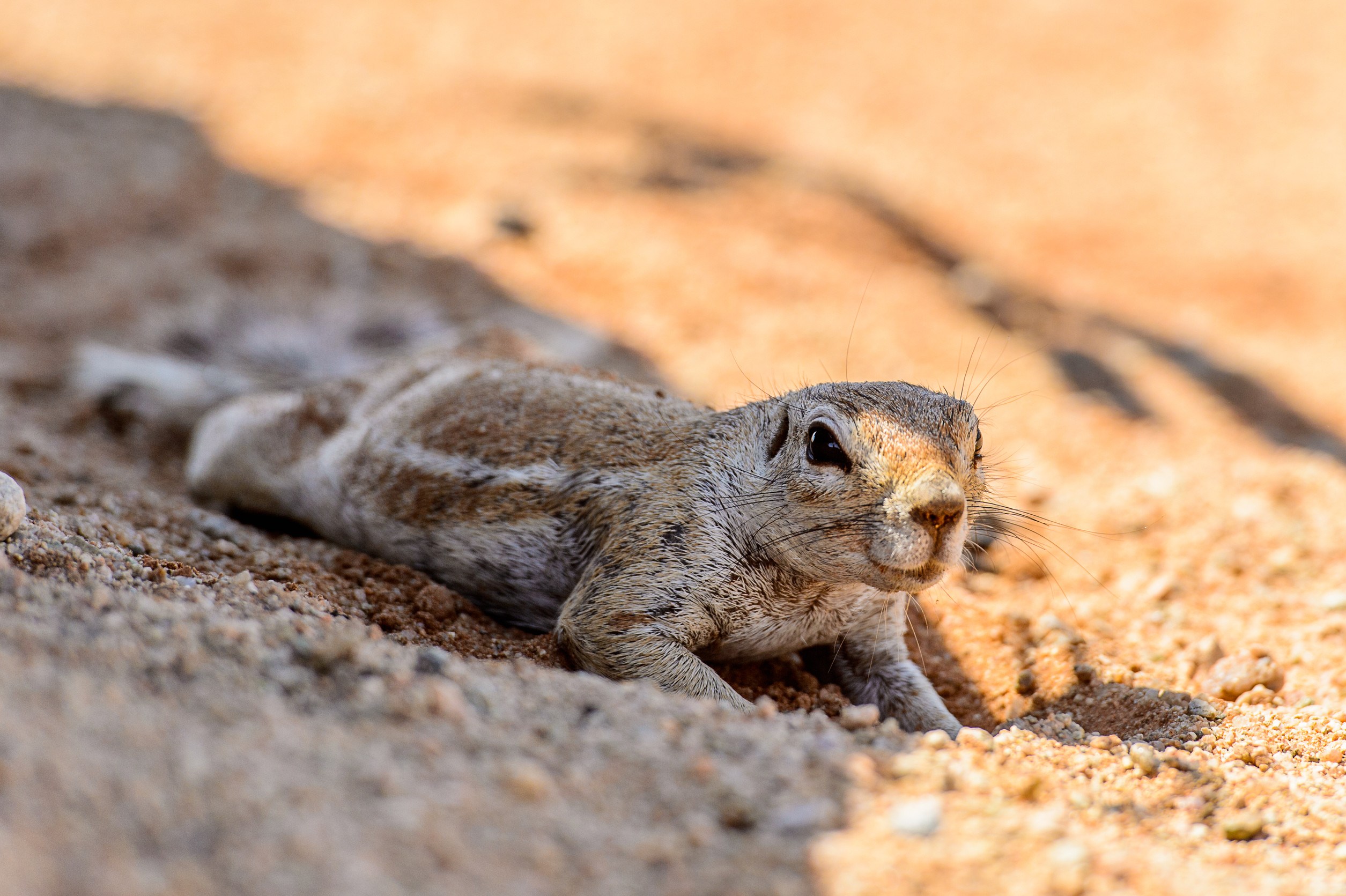We have often written about animal agencies at The Optimist Daily and sharing our space on the planet with our furry or winged neighbors. It’s important to recognize the rights of nature and cohabitate with animals as peacefully as possible, but a design team from MIT just took it to the next level.
Recent MIT alums designed sustainable structures for both humans and animals.
“Lodgers”
In 2018, Zhicheng Xu and Mengqi Moon entered a design competition held by The Land Art Generator Initiative and Burning Man (yes, that Burning Man) for energy, water, food, shelter, and regenerative waste management systems in the Black Rock Desert of Northwestern Nevada. Xu and Moon had backgrounds in landscape design, urbanism, and architecture According to Xu, when they began the project, they asked themselves “Who are we designing for? What do we mean by shelter? Sheltering whom?”
They made the winning design, what they called “lodgers,” meant to accommodate humans and the more than 100 plant and animal species that call the Nevada desert home.
Their designs took into account the desert’s inhabitants, such as red-tailed hawks and bullfrogs, and featured bee towers, nesting platforms for birds, sugar-glazed logs for beetle larvae, and even compost toilets and conservation and environmental classrooms for human use.
They also used low-cost, simple, and recycled materials such as scrap wood, two-by-four lumber, and abundant dry reeds and bulrush growing in the desert. Then they employed computational tools and traditional Native American Shoshone and Paiute methods to make structures that wouldn’t require heavy equipment or training. More than this, the “lodgers” would be able to naturally decompose if they fell out of use.
“Occasional guests” of the desert
Their “lodgers” are meant to work with the desert’s hazards, such as drought and sandstorms, and to that effect they are also meant to be temporary. This speaks to the necessary impermanence of human habitation in some areas, as digging in and building whatever we can where we want can be harmful to the larger ecosystem. It’s important to consider the greater cycle of birth and decay.
“To us, it’s a beautiful expression of how different species are entangled on the land. And us as humans is just another tiny piece in this entanglement,” says Xu.
Their design is currently on display in the Wiesner Student Art Gallery in Boston, MA entitled: “Lodgers: Friction Between Neighbors.”











